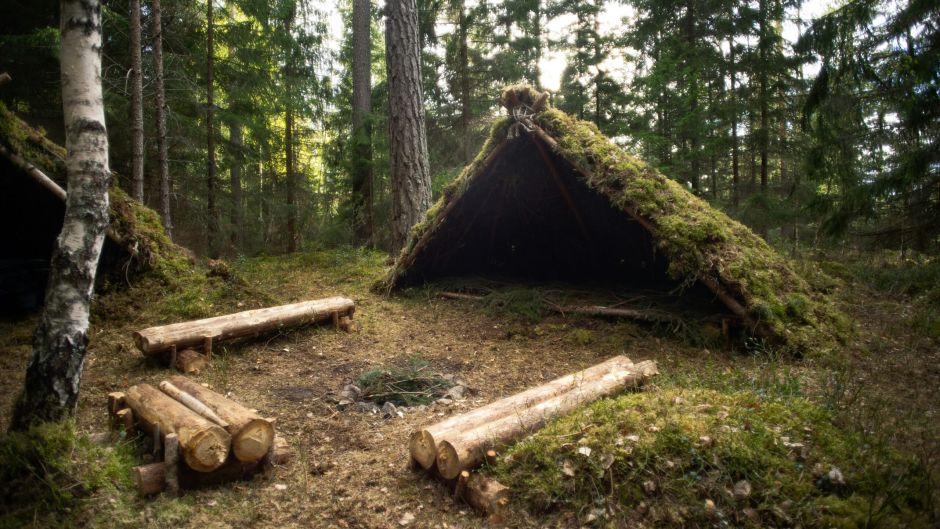Survival Training

Survival Training: Mastering the Art of Wilderness Survival
The Appeal of Survival Training
Survival training is more than just learning to endure tough conditions—it’s about connecting with nature and building self-reliance. Whether in forests, mountains, or arctic terrains, survival training equips you with the skills to thrive in the wilderness.
What Is Survival Training?
Survival training involves learning practical skills to survive in the wild, such as making shelters, starting fires, finding food and water, and navigating challenging environments. It combines hands-on practice with mental resilience, making it both an educational and adventurous activity.
Best Survival Training Locations in Europe
Europe offers diverse environments for survival training:
- The Scottish Highlands, UK: Rugged terrain and unpredictable weather provide a true survival challenge.
- Lapland, Sweden: Arctic survival skills are tested in freezing temperatures and snow-covered forests.
- Pyrenees, Spain/France: Learn to navigate mountains and adapt to remote wilderness.
- Carpathian Mountains, Romania: A mix of dense forests and wild terrain ideal for survival courses.
- Bohemian Forest, Czech Republic: A great destination for beginners looking to test their skills.
Why Is Survival Training So Fun?
Survival training is an empowering experience that pushes your limits while reconnecting you with nature. It’s highly rewarding to learn essential life skills, gain confidence, and develop a deeper appreciation for the environment.
What Makes It Challenging?
Survival training tests both your mental and physical limits. Building a fire in cold, wet conditions or finding food in an unfamiliar landscape can be difficult. Adapting to unpredictable weather and staying calm in stressful situations adds to the challenge.
Experience Level and Physical Fitness
Survival training courses are tailored to different skill levels, from beginner to advanced. Moderate physical fitness is recommended, as activities often include hiking, climbing, and carrying gear over long distances.
Preparation and Equipment
Most courses provide essential equipment, but participants should dress appropriately and bring personal items. Key items include:
- Clothing: Weatherproof and durable outdoor gear.
- Knife and Multi-Tool: Essential for cutting, building, and preparing food.
- First Aid Kit: For emergencies.
- Compass and Map: For navigation.
- Fire-Starting Tools: Matches, lighters, or flint.
Download the Complete Beginner’s Guide
Want to test your limits? Download our complete beginner’s guide to survival training and start your journey to becoming a wilderness expert.
